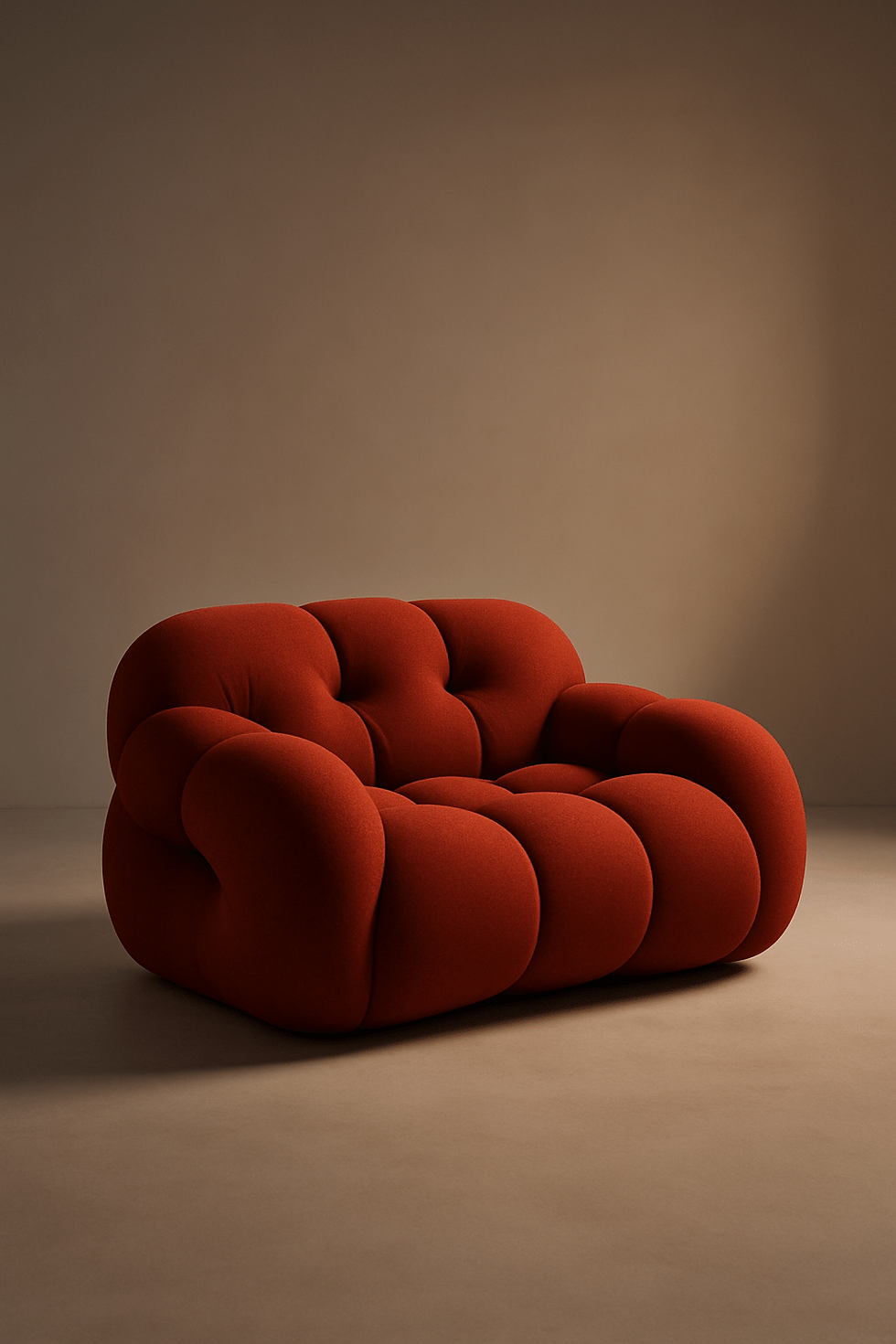3D Packshots: the new weapon of e-commerce
- Jason Loyrion

- 5 days ago
- 3 min read
3D Packshots: the new weapon of e-commerce
In the fast-paced world of e-commerce, images do more than just decorate, they sell. A single image often makes the difference between a click and a cart abandonment. Traditional product photography still dominates today, but it's showing its age: complex logistics, high costs, and limited flexibility.
Enter the 3D packshot, a photorealistic, digitally generated image that’s more adaptable, scalable, and efficient. In this post, you’ll understand why 3D packshots are no longer just an option, they’re quickly becoming the industry standard.

The limits of traditional product photography
Traditional product photography carries a heavy operational burden. Each product requires a photoshoot, complete with prototypes, studio setups, lighting equipment, photographers, and post-production. The logistics are slow, and the costs scale with every new product line or variation.
Even once the images are produced, consistency is difficult to maintain. A small change, a new color option, a packaging update, or a seasonal refresh, often demands a new shoot. This means brands are locked into a cycle of repetitive costs and delays. And the results, despite all the investment, are rarely perfect. Lighting variations, uneven retouching, and the limitations of physical prototypes often leave brands with visuals that fail to align across their catalog.

The Rise of 3D Packshots
3D packshots resolve these pain points by shifting the creative process from the physical to the digital. Instead of building entire sets for each photoshoot, brands work with a photorealistic 3D model that becomes their core visual asset. From that single file, an unlimited number of images can be generated, each perfectly lit, perfectly consistent, and endlessly adaptable.
This means a sneaker can be released in twenty different colors without producing a single physical sample. A skincare line can update its packaging and launch visuals weeks before the actual bottles roll off the production line. An electronics brand can show its latest smartphone not only in studio-style imagery but also in exploded views, interactive 360° rotations, or animated demonstrations of its features.
What makes 3D so disruptive is not only its efficiency, but its ability to offer customers a more immersive experience. While photography captures a moment, 3D opens the door to storytelling: the same model can power stills, videos, augmented reality, and configurators, creating a unified visual language across every touchpoint.tions, AR experiences, or configurations, multiplying your ROI.

Evidence from the Market
The effectiveness of 3D is no longer speculative—it’s measurable. Shopify has reported that products viewed in AR convert up to 250% better than static images. Brands that adopt interactive 3D visuals often see significant increases in engagement, with customers spending more time exploring products and showing higher confidence in their purchases.
Agencies such as KNR demonstrated this when producing 3D packshots for La Capricieuse, a spirits brand. Without a single physical prototype, they generated lifelike bottle renders in just a fraction of the usual time, cutting production schedules by nearly a week. At the other end of the spectrum, Apple has relied heavily on 3D renders for years to present its devices online and during product launches—a subtle but powerful reminder that the most valuable brand in the world already trusts 3D over traditional photography.
These examples show that 3D is not a niche experiment, it’s the visual standard of some of the most innovative players in the market.

What It Means for E-Commerce Brands
The transition to 3D packshots is not just about saving money, though the reduction in costs is substantial. It is about agility: the ability to launch faster, adapt campaigns on the fly, and maintain a consistent, high-quality brand presence across every channel. It is about creating richer shopping experiences that bridge the gap between online and in-person retail. And most importantly, it is about building trust by showing products with a clarity and accuracy that leaves no room for disappointment.
For e-commerce brands, this shift changes the role of product visuals entirely. They are no longer static assets produced once and quickly outdated. They become living resources, digital twins of products that can evolve alongside marketing strategies, campaigns, and customer expectations.

Photography will always have its place, but in the digital economy of 2025, it no longer scales. 3D packshots are faster, more versatile, and ultimately more persuasive. They allow brands to stay ahead in a world where visuals aren’t just part of the buying process, they are the buying process.
We see 3D not as a replacement for photography, but as its evolution. Our mission is to help brands embrace this shift by creating visuals that don’t just look beautiful but perform, assets that inspire trust, spark emotion, and convert.

If your product images still belong to the old world of static photography, maybe it’s time to bring them into the future.




